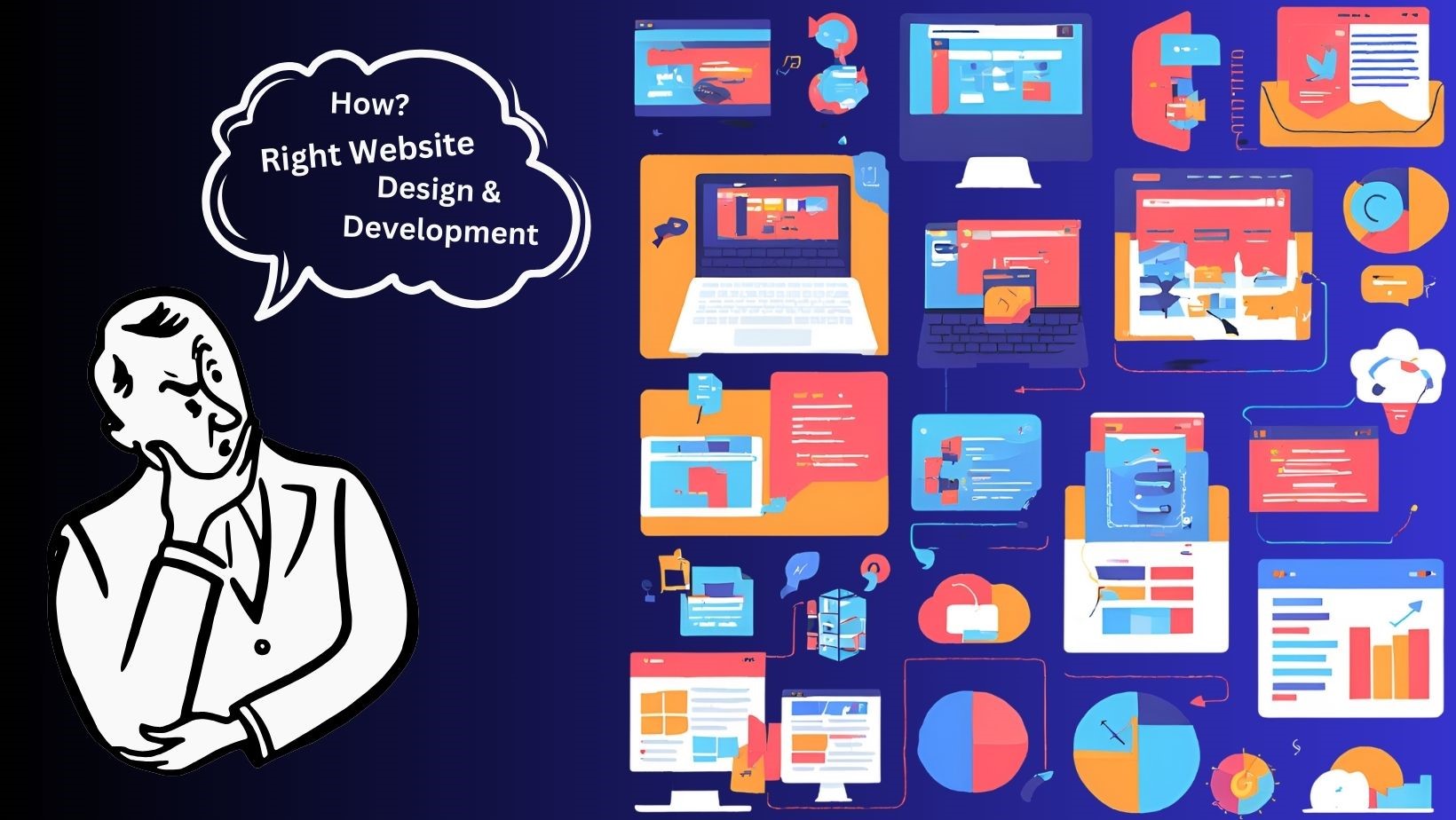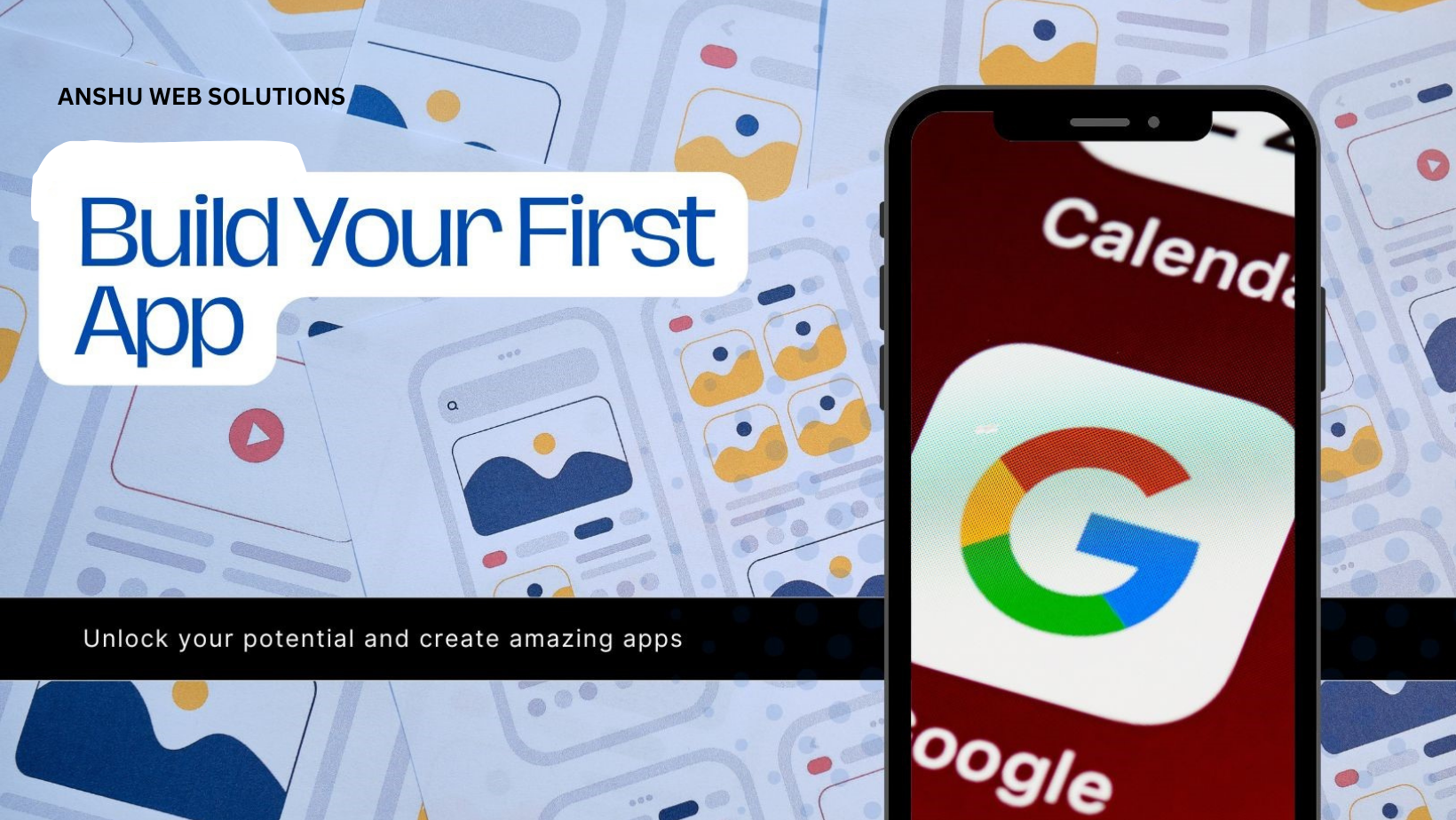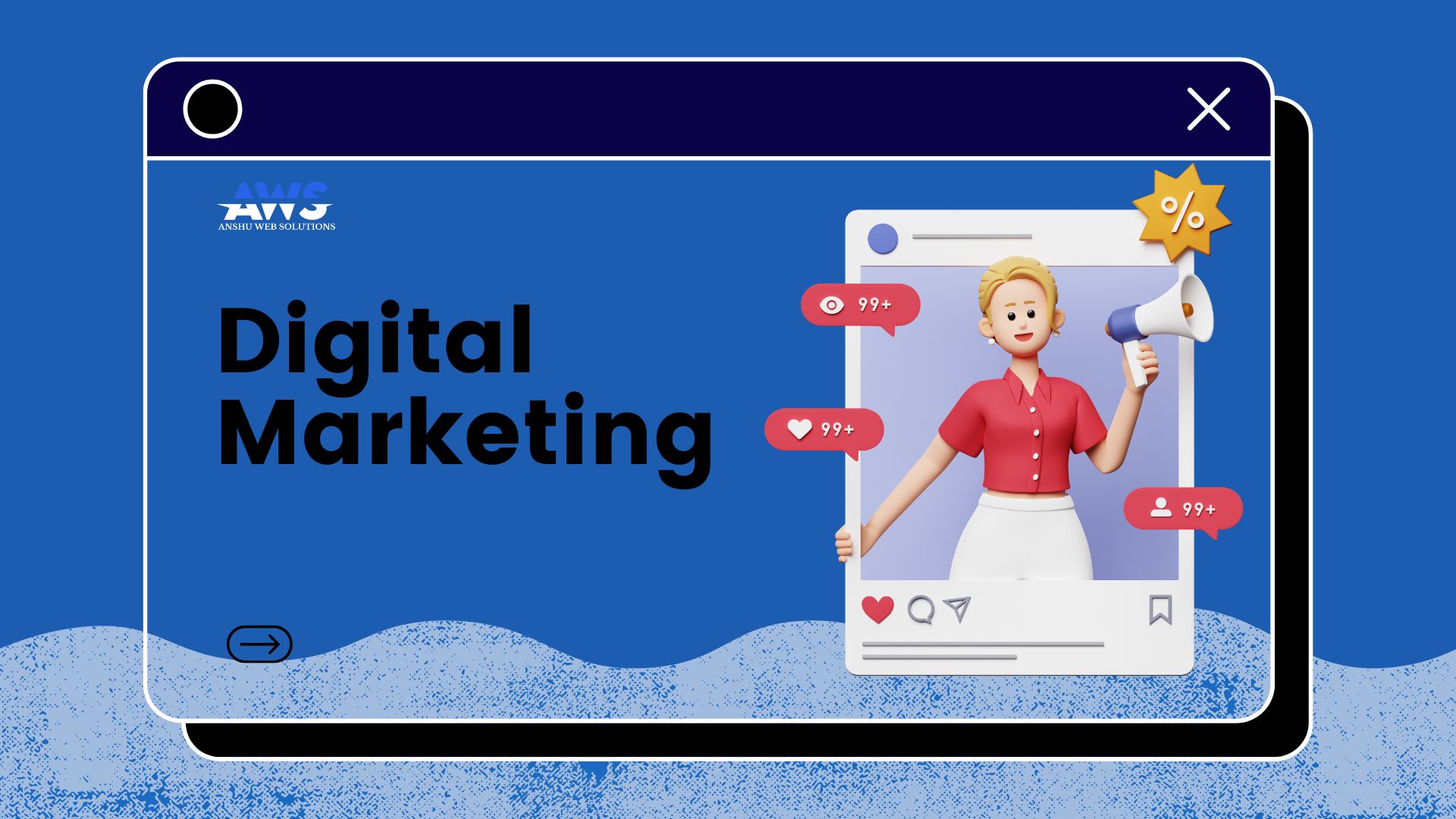
There are various digital marketing strategies you can employ to drive more visitors to your website; some may prove more successful than others.
Blogging should be seen as an essential component of any company's SEO plan and used as an opportunity to build trust with their audience.
1. Blog Posts
Blogging is an effective digital marketing tactic to increase website traffic for businesses. Publishing engaging blog posts containing useful, timely information establishes brands as experts within their industries while increasing organic search engine rankings.
Blog posts can be informative or entertaining and can include multimedia such as videos, podcasts, downloadable guides or polls that engage readers more deeply and increase website traffic if shared via social media. Blog posts should be formatted to suit their target audience by using easy-on-the-eye fonts that won't strain their eyes while reading them.
2. Social Media
All businesses - whether B2B or B2C - require traffic for their websites in order to meet their goals. In order to do this effectively, an effective Internet Marketing Strategy must be in place that helps achieve these results.
Social media can be one of the least costly ways to drive website traffic. But unless your content is optimized specifically for social media channels, it may fail to draw many clicks or shares.
Make it easier for users to share your business content on social media by including share buttons on all posts, and promote it in relevant social media groups.
3. Public Relations
Public relations refers to using media coverage for business promotion. This may involve producing engaging and entertaining content as well as influencer marketing to reach a specific target audience.
PR is often linked with increased website traffic, particularly when taking advantage of backlinks from reputable sites. Promoting contests and giveaways via social media or email list promotion can also drive engagement with target consumers. Newsjacking is another effective form of PR; using trending topics in the news to grab people's attention for promotion purposes; this tactic can even be amplified through paid advertising efforts.
4. Paid Search
Paid search advertising (or PPC for short) refers to using paid advertisements to drive visitors to a business website. Paid ads can be used either to generate immediate revenue or expand brand recognition; its results can also be measured easily using tools like Digivizer.
Advertisers benefit from targeting specific keywords with intent. This ability can be especially advantageous during times of economic instability when advertisers prioritize lower funnel media that provide more measurable returns on investment (ROI). Paid search also offers marketers valuable data insights.
5. Guest Blogging
While many have declared guest blogging to be obsolete, contributing quality blog posts for authoritative websites with targeted audiences can still bring traffic to your business website. Gregory Ciotti used this strategy to grow his customer management site's email list by 36,733 qualified subscribers!
Success with this marketing strategy lies in sharing content across social media and responding to any comments or questions posted about it, so as to foster relationships with new audiences while positioning yourself as an expert in your field.
6. Email Marketing
Email marketing is an effective tool for driving visitors to business websites through various methods. These may include cross-promotions, newsletters and information on new products or services.
Personalizing emails can increase engagement and click-through rates by including video links or addressing recipients by name. Furthermore, segmenting and timing emails to maximize their impact are strategies which can be employed alongside other tactics to achieve results and grow website traffic over time.
7. Search Engine Optimization (SEO)
Search engine optimization (SEO) is a set of strategies used to increase website traffic. As part of Internet or Web marketing, SEO involves the process of optimizing content to be more visible on search engines such as Google.
SEO techniques include crafting evergreen blog posts, videos and downloadable guides designed to increase engagement with potential customers, link building strategies and email campaigns - all tactics which can help businesses generate traffic, leads and sales.
8. Pay-Per-Click (PPC)
Pay-per-click (PPC) advertising has long been recognized as an effective form of digital marketing that increases website traffic and generates leads for businesses. PPC includes both paid search ads and display advertisements as forms of pay per click advertising.
PPC allows advertisers to target specific keywords with ads they create, paying a fee each time someone clicks their ad. A well-executed PPC campaign can generate high-quality leads and sales quickly as platforms approve ads almost instantly.
9. Content Marketing
Content marketing is one of the most efficient strategies to drive visitors to your business website and increase leads. Through it, potential customers are educated while trust is built between yourself and them - helping shorten sales cycles while increasing leads.
Innovative digital marketing helps you sidestep the pushiness associated with traditional forms of advertising like television and radio ads, by positioning yourself as an expert resource that truly cares for its target audience. Brand loyalty can be a powerful force; even casual visitors become repeat buyers!
10. Reputation Management
Monitoring reviews and comments online is one of the best ways to manage your reputation online, whether using software or hiring someone in-house to keep an eye on them.
Reputation management involves shaping the narrative surrounding your business by continuously shaping public opinion. This involves promoting positive content and responding to negative comments in an attempt to build trust with customers, as well as using traditional media channels to secure positive press coverage for your brand. A good reputation management strategy can also drive traffic directly to your website.








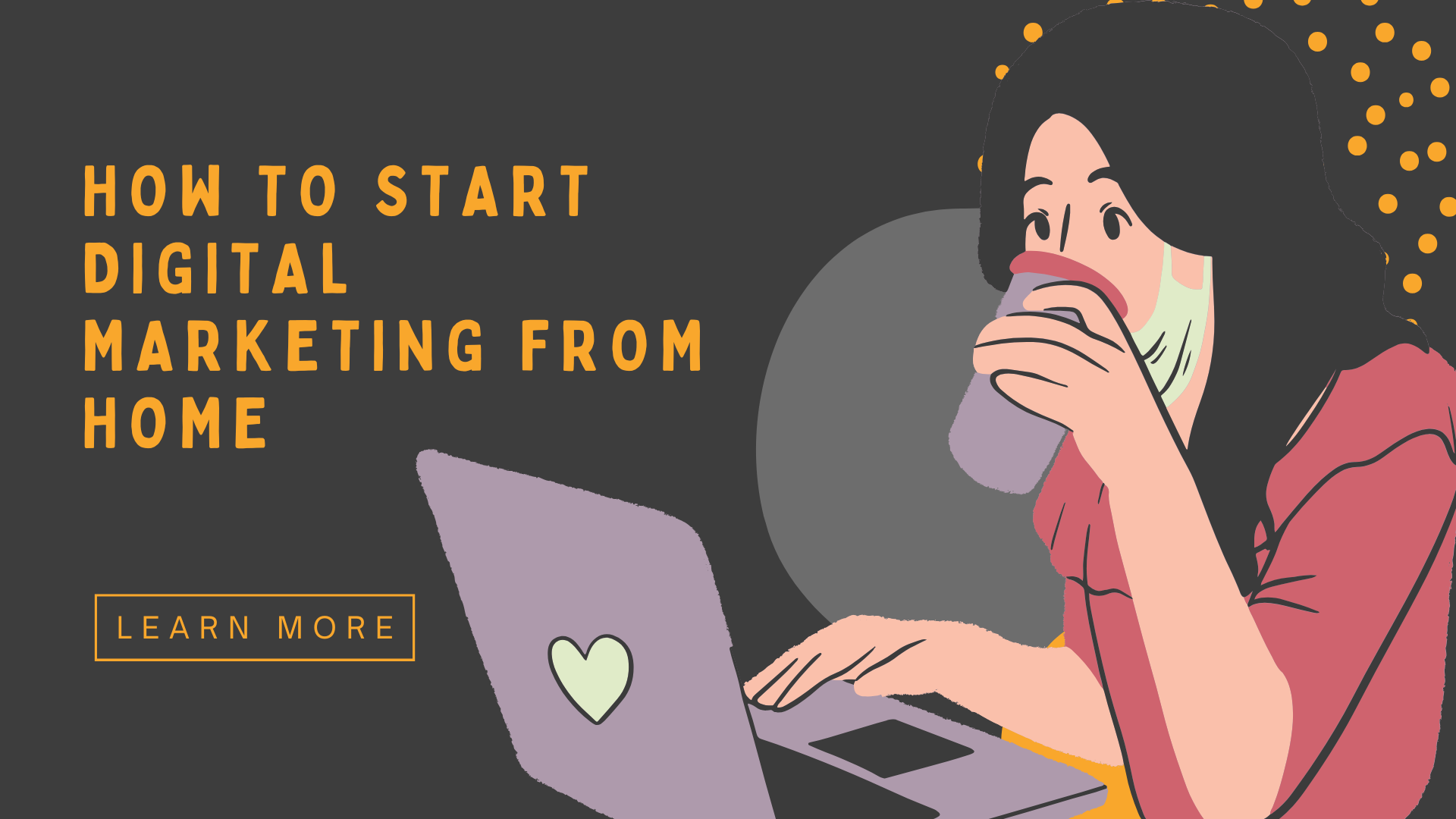
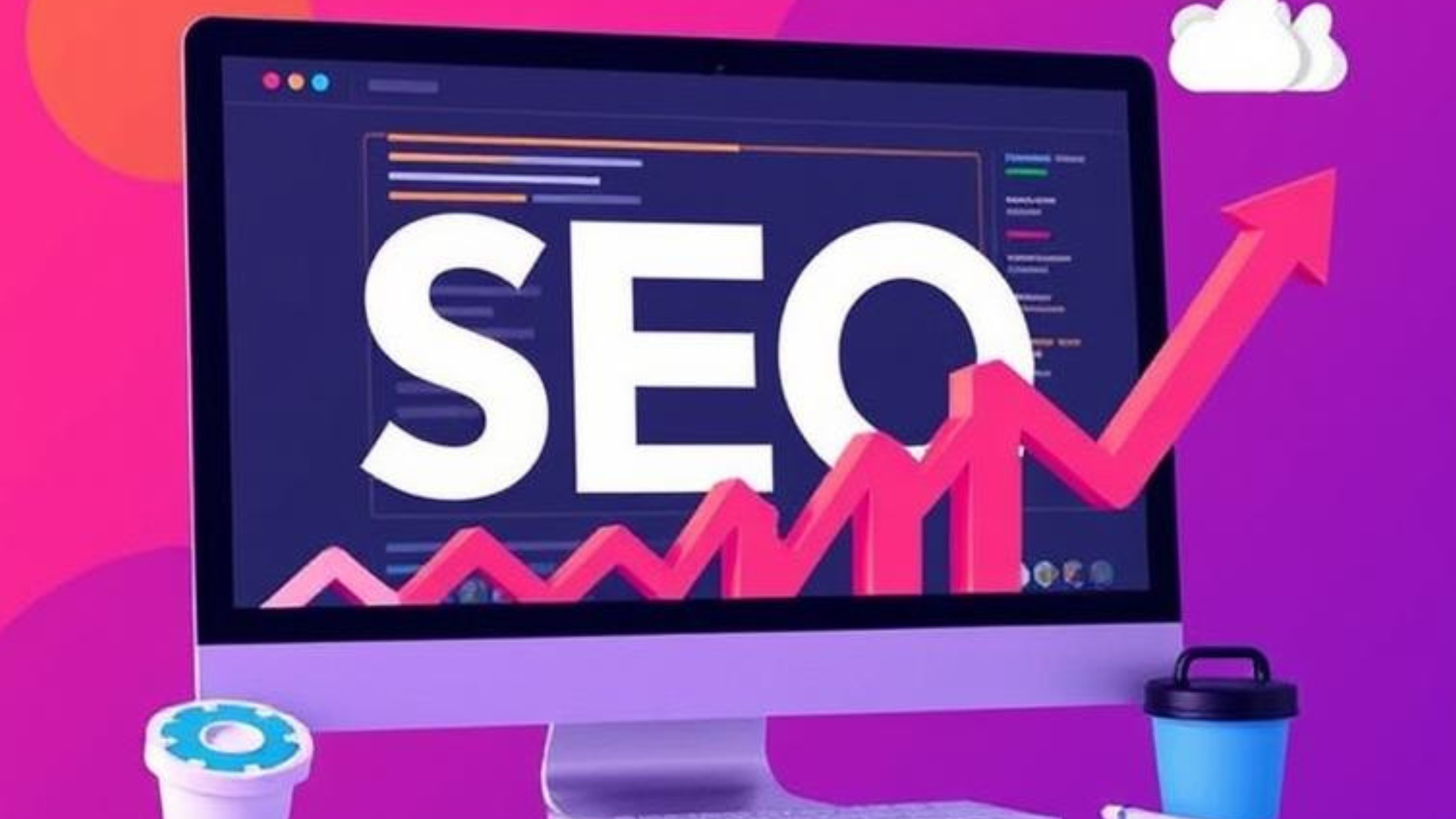




.png)
